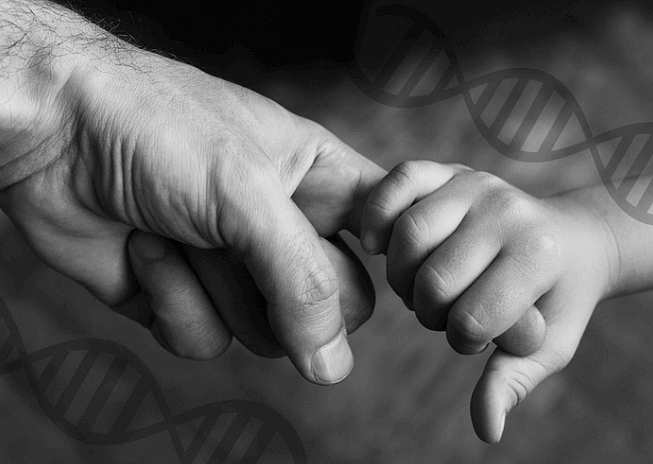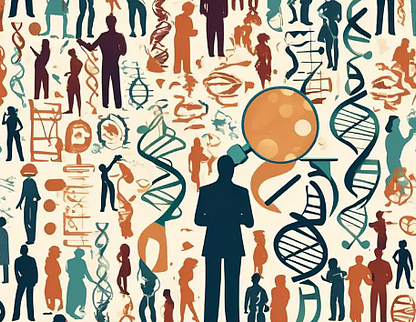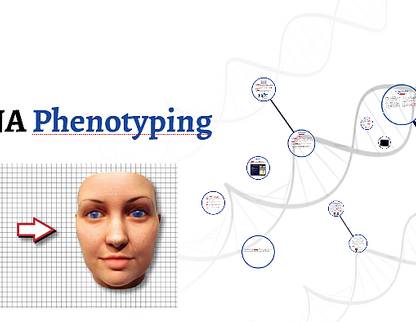
Paternity tests are genetic tests conducted to determine the biological father of a child. With advancements in DNA technology, these tests have become highly accurate and reliable. Let's explore the scientific principles, applications, and legal significance of paternity testing.
How Are Paternity Tests Conducted?
Paternity tests are based on DNA analysis. DNA contains the unique genetic code of each individual, half of which is inherited from the mother and the other half from the father. The process involves the following steps:
Sample Collection: A sample is usually collected using a buccal (cheek) swab. Other biological samples such as blood, saliva, or hair can also be used.
DNA Extraction: DNA is extracted from the collected sample and sent to a laboratory for analysis.
Genetic Profiling: Specific regions of the DNA are examined to identify genetic matches between the child and the alleged father.
Result Analysis: The probability of paternity is typically reported with 99.99% accuracy. If there is no genetic match, the result is reported as 0%.
Genetic Principles and DNA Matching
Paternity tests are based on Mendelian genetics. A child inherits half of their DNA from their mother and the other half from their father. By analyzing specific genetic markers, laboratories can determine whether a biological relationship exists between the alleged father and the child.
Applications of Paternity Testing
Paternity tests are used in various fields beyond just determining biological relationships:
Family Law: Used in custody, divorce, and child support cases to establish biological paternity.
Inheritance Disputes: Can serve as legal proof for individuals claiming inheritance rights.
Citizenship and Immigration: Some countries require proof of biological relationships for immigration or citizenship applications.
Forensic and Criminal Investigations: DNA analysis plays a crucial role in identifying individuals in forensic cases and missing person investigations.
Are Paternity Tests Reliable?
Yes, paternity tests are highly accurate. Thanks to modern laboratory technologies, they provide results with 99.99% certainty. However, it is essential to ensure that the test is conducted in a certified and reputable laboratory for reliable results.
Paternity tests use genetic science and DNA analysis to determine biological relationships with high accuracy. They play a critical role in family law, forensic investigations, and immigration cases. With scientifically proven reliability, people can trust the results obtained from these tests.
For more information about paternity testing, it is advisable to consult a professional genetic laboratory.
 Astrobiology and Biosafety: Se...
Astrobiology and Biosafety: Se...
 The Personal and Legal Importa...
The Personal and Legal Importa...
 Genetic Facial Prediction: The...
Genetic Facial Prediction: The...
 Unlocking the Secrets of Longe...
Unlocking the Secrets of Longe...
Copyright @ GeneSafety. Created By WebCenter